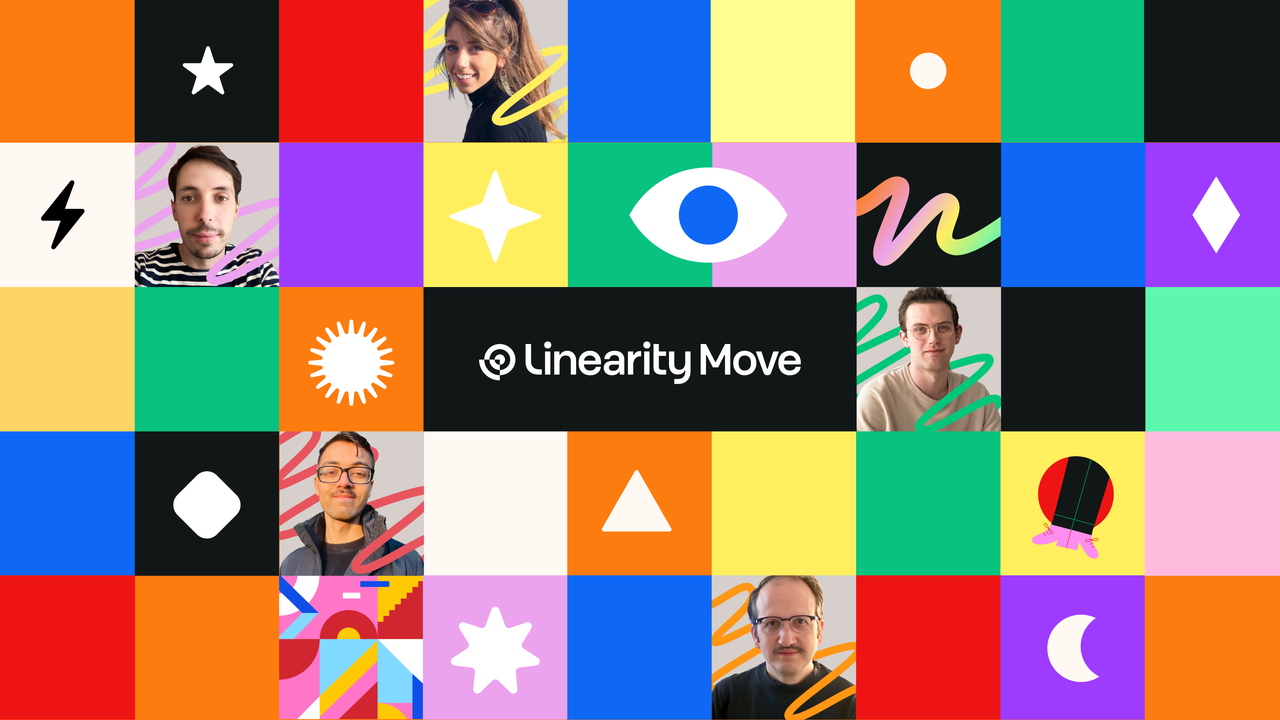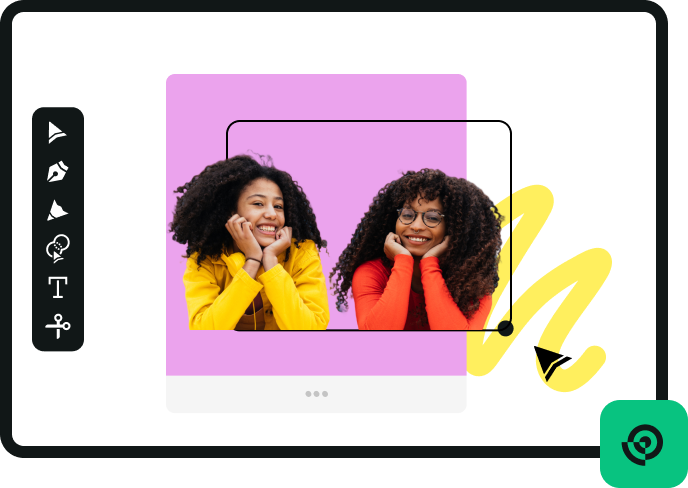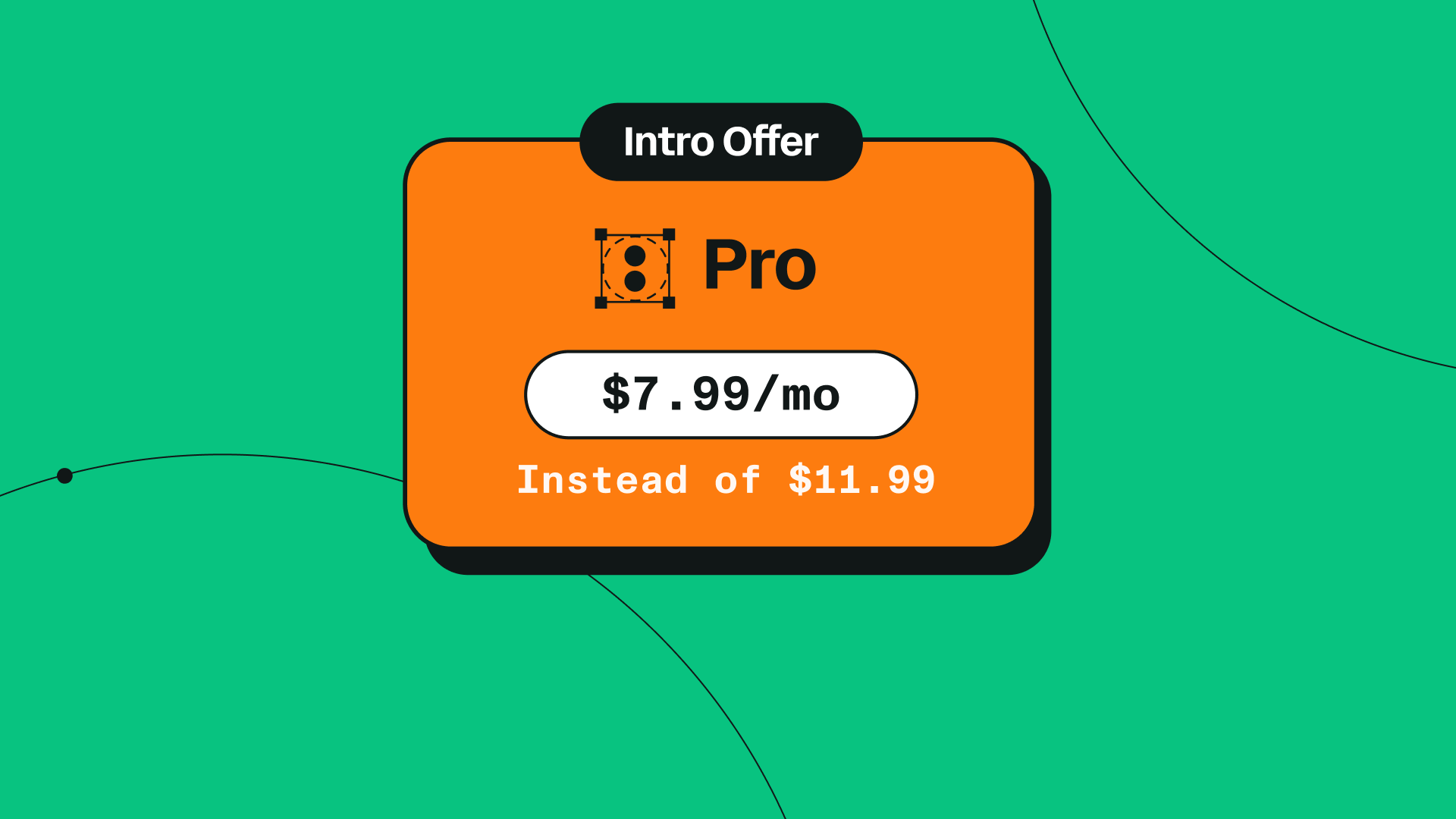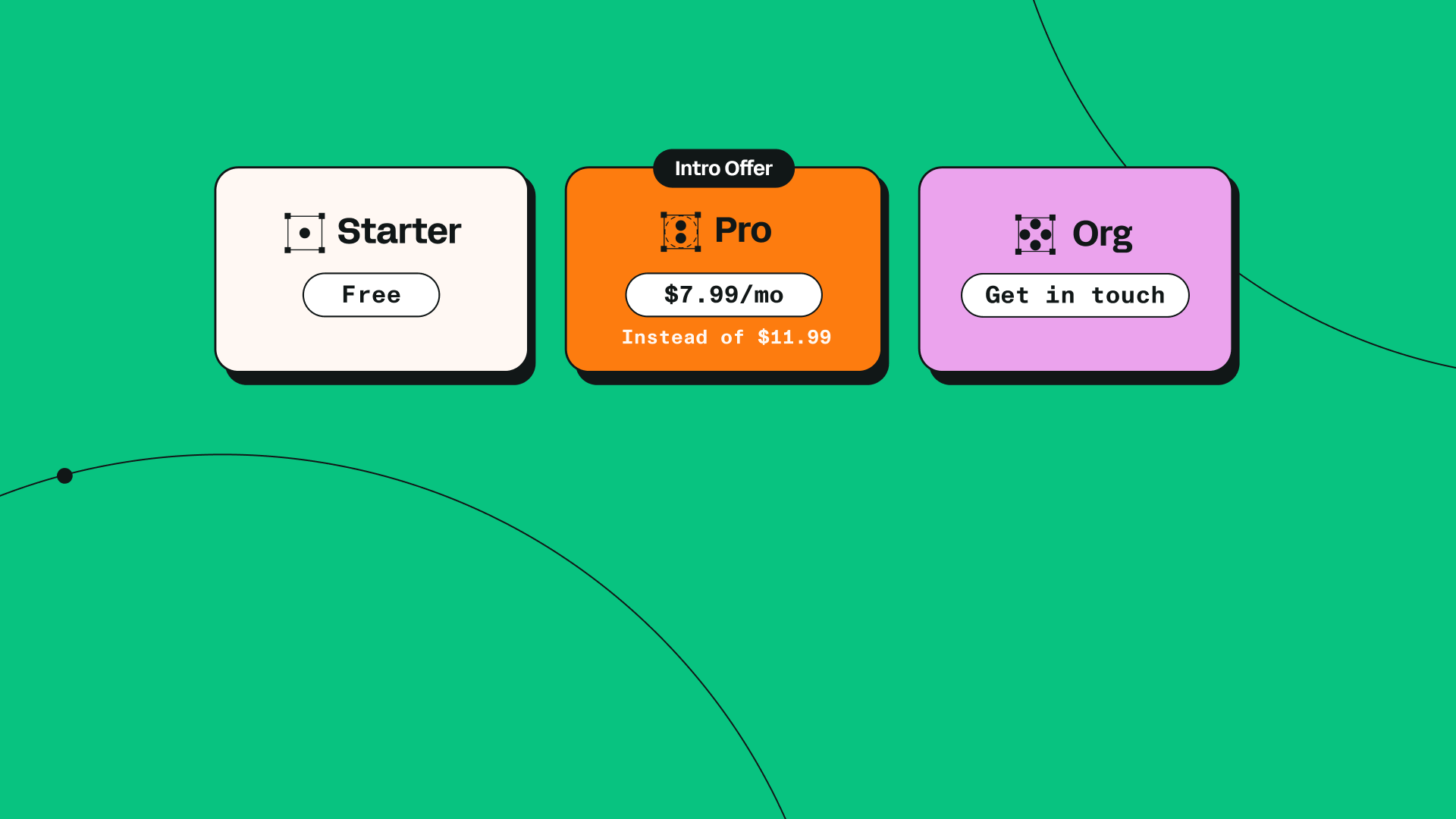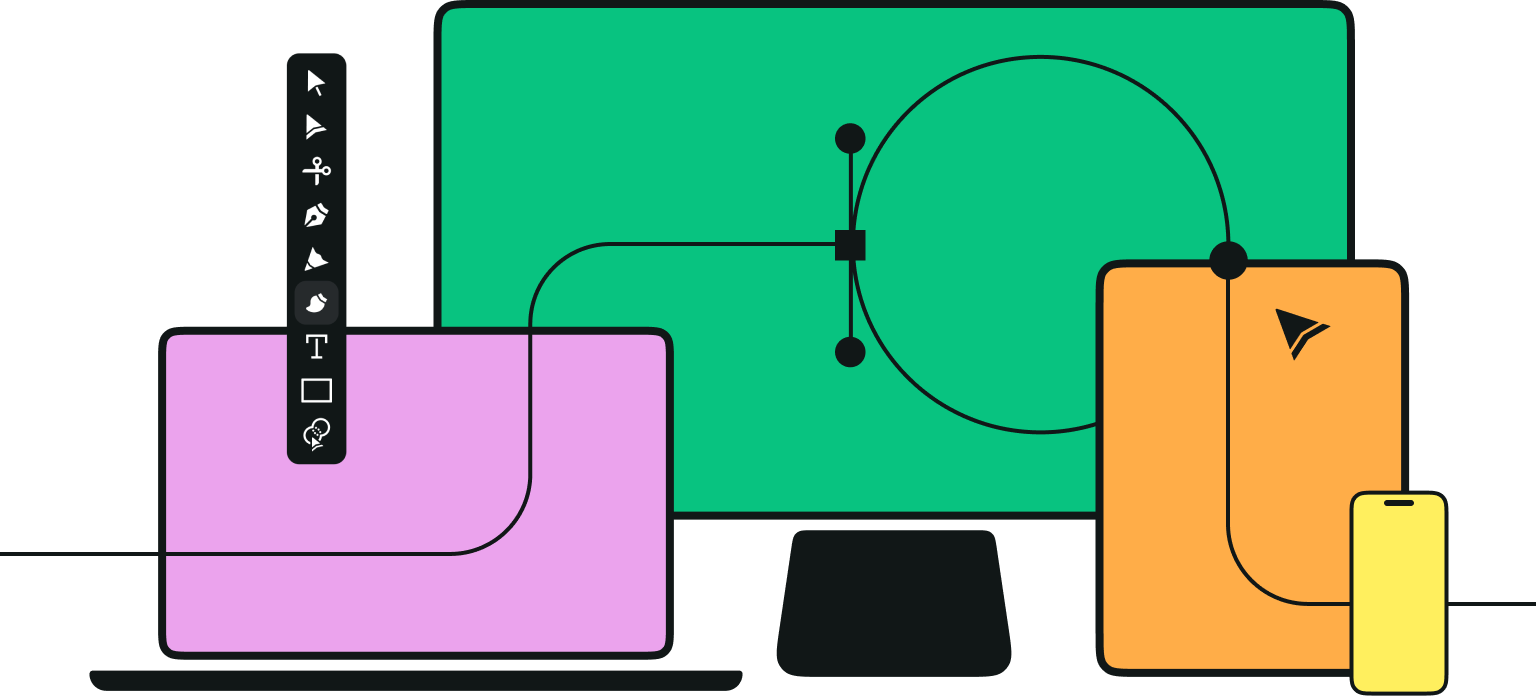Linearity Move—our new animation software—is here! You can now transform your existing vector graphics into dynamic motion graphics in seconds, or effortlessly create fresh animations from scratch.
At the heart of our philosophy is a belief in simplifying the design process, and the same applies to animation. In an industry often overshadowed by complex software, making motion graphics can feel daunting. That's why we set out to provide a breath of fresh air—an uncomplicated solution, making animation accessible to everyone.
Back in 2021, we set out on an exciting adventure to make Linearity Move a reality, and what a journey it's been! Developing the software had its fair share of challenges, but today, we're beaming with pride over Linearity Move's awesome capabilities. And it’s all thanks to the incredible team that made it happen.
We sat down with the brilliant minds that form the core team behind Linearity Move to delve into the creation process and discover the incredible features it brings. Take a look their insights below.
An interview with the Linearity Move team
Hey folks! Can you tell us a little bit about yourself and your background. How did you come to join the Linearity team?
Sabrina Senna: I'm Sabrina, a Senior Software Product Manager overseeing all-things Linearity Move. I became part of the Linearity team in August 2022. Before joining Linearity, my experience as a Product Manager spanned various companies, including Oracle, Zeiss, and Usercentrics. The decision to join Linearity stemmed from a desire for greater impact and ownership than what larger corporations offered. Working on a product that genuinely excites me was paramount. As a creative person, I couldn't imagine a more perfect match.
David James: Hey, I’m David, a Senior iOS Engineer at Linearity. I have a background in graphic design with a specialization in vectors. My journey began 15 years ago in web/backend development, followed by a transition to iOS development 10 years ago. Over the past 6 years, I've been dedicated to developing a declarative/reactive UI framework, similar to SwiftUI. Joining Linearity was a natural choice for me because the apps are amazing and super interesting.
Lennart Kerkvliet: Hi I’m Lennart, an iOS engineer. I joined the team at the end of 2020 when we were still a small, tight-knit group. From a bit of a distance, I observed the team's remarkable speed in developing a powerful vector app for iPad. When they released the Mac version, I was eager to get in on the fun. Getting involved in the initial stages of Linearity Move's development was quite a journey—I was the first person to work on it, but more on that later.
Yash Arora: I’m Yash, a Digital Product Designer with a focus on 0-1 product lifecycle. I first met the Vectornator app (as it was known back in 2018) when it became the first design app I installed on my iPad. I was initially drawn to Linearity with the hope of working on the Text tool, given my love for typography. But I unexpectedly found myself presented with the exciting opportunity to contribute to the inception of Move alongside a small, nimble team.
Arthur Guibert: I'm Arthur, the Engineering Manager for the Move team, and I've been with Linearity for a little over 6 months. Before that I worked for various companies: GoPro, Deezer and some smaller video game companies. The decision to join Linearity was driven by its dynamic pace, focus on creative tools, and a seriously ambitious and exciting roadmap!
When creating Linearity Move, what were the primary goals you aimed to achieve?
Lennart: Many creatives begin their projects using a tool that effectively addresses 80% of their tasks, only to find themselves having to to switch to more specialized software to finish the job. This often means delving into the complexities of professional tools, a process that can take years to master. Our goal is to navigate this challenge by providing a solution that bridges the gap. Linearity Move offers powerful capabilities without imposing a steep learning curve.
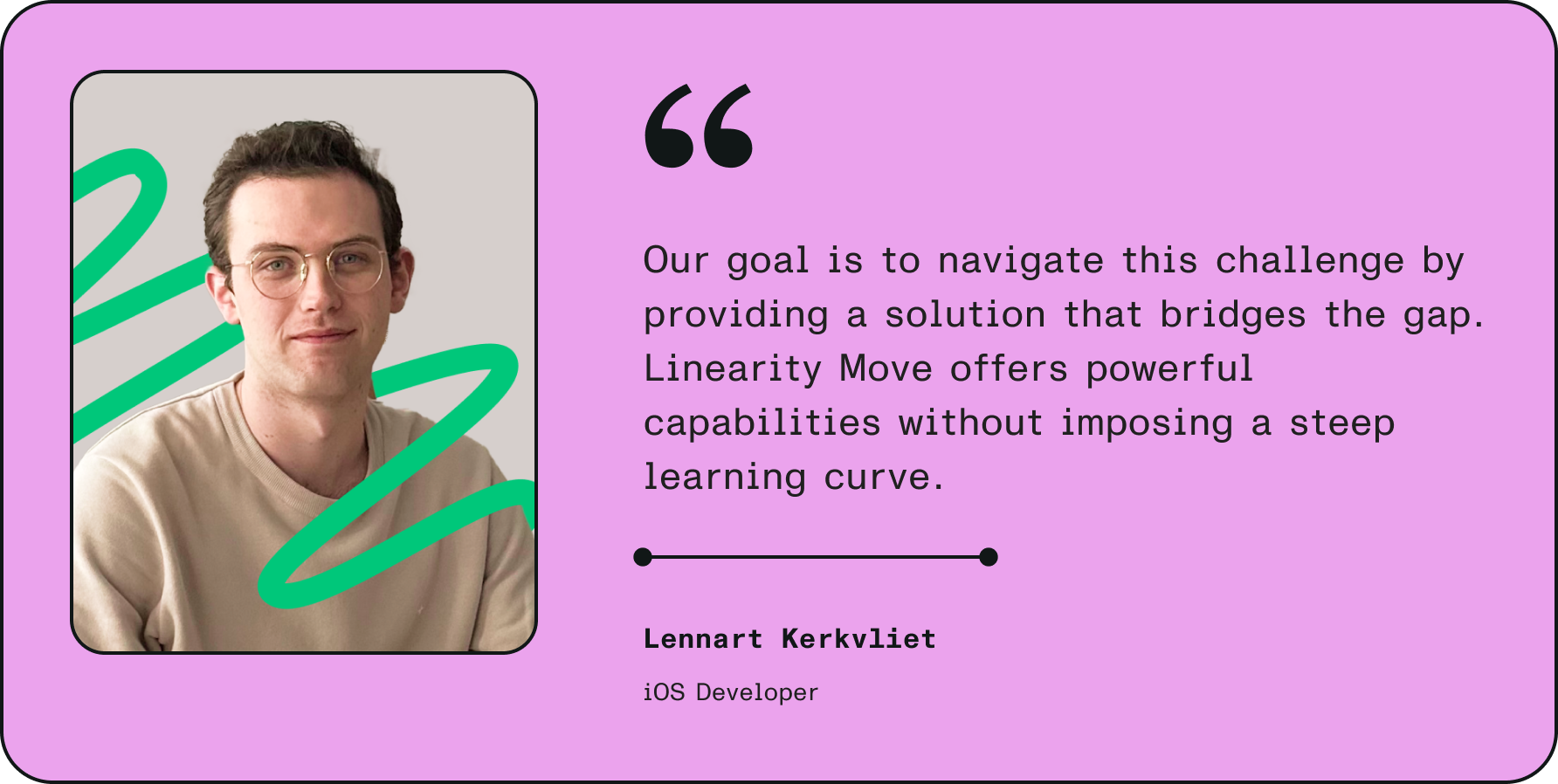
Arthur: Our core objective was to make animation both accessible and powerful. Whether you're a novice or an expert, Linearity Move allows you to animate effortlessly using features like Auto Animate, while still providing access to nitty-gritty details for those who seek a deeper level of control.
David: User experience is our top priority, so we meticulously addressed edge cases to create the best possible workflows and eliminate user frustration. At least that’s the goal. 🙂
Sabrina: The primary objective behind Linearity Move was to harness the capabilities of Linearity Curve, empowering individuals of all skill levels to effortlessly breathe life into their static designs.
What are a few standout features of Linearity Move that make it unique in the world of animation software?
Lennart: Auto Animate makes building an animation from static files extremely quick. It's a fresh take on animation compared to traditional tools, paving the way for a host of new and efficient workflows.
David: There are so many great features, but Linearity Move’s full integration with Linearity Curve is what really makes it stand out. You can create animations from static artboards or create instant keyframes by animating elements directly on your canvas. The Inspector and timeline are incredibly user-friendly, and the addition of custom timing curves gives users even more control over their animations.
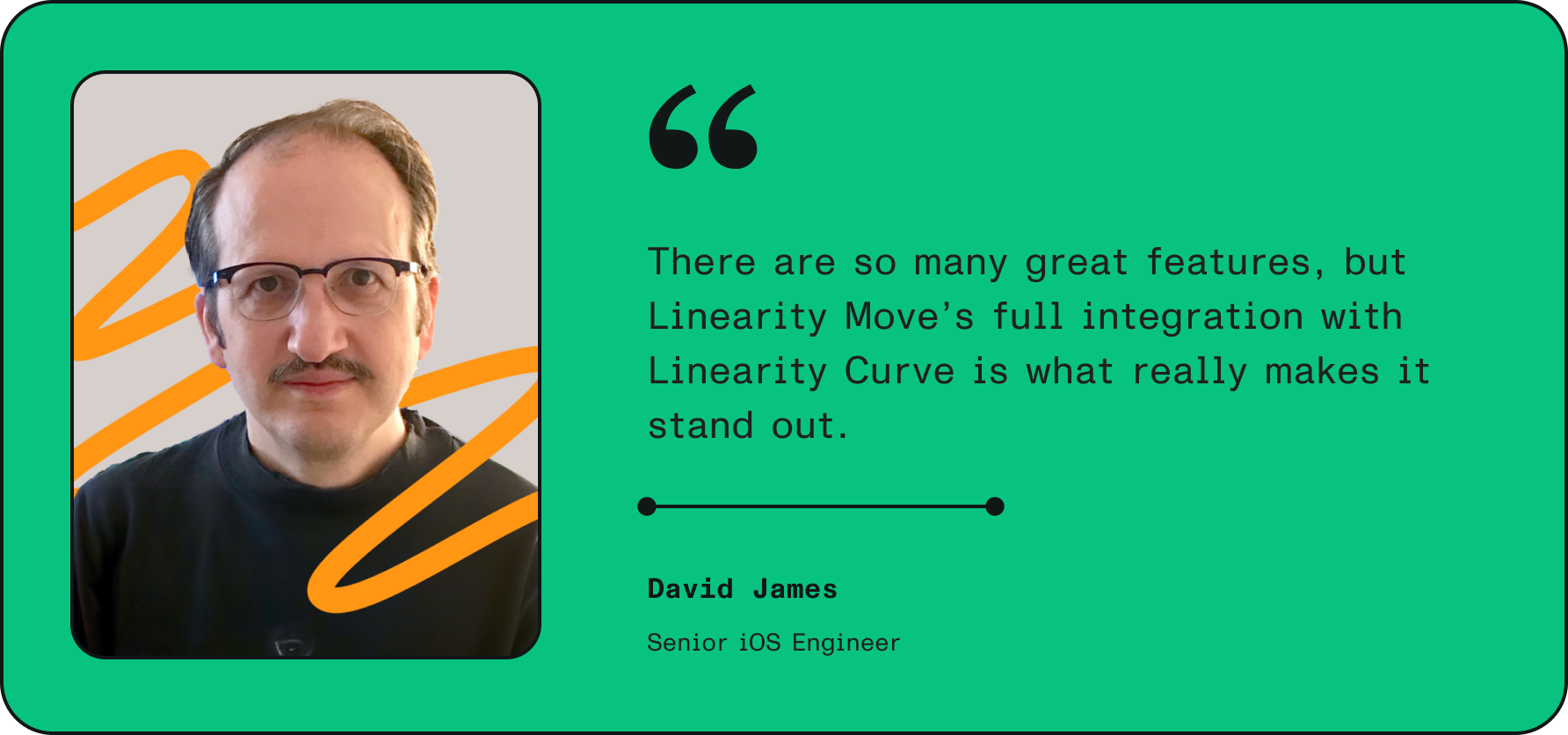
Sabrina: Linearity Move is a game-changer, especially if you're not an animation pro. You can effortlessly put motion into your static designs with a quick click of a button, and bam, Auto Animate magic happens! It's really unreal. And if you're all about efficiency, presets are a lifesaver as they really speed up the creative process. No more adjusting every tiny keyframe; animations are right there, out of the box. Morphing is also fantastic! I can transform objects into another without having to move nodes or change properties at different points in time.
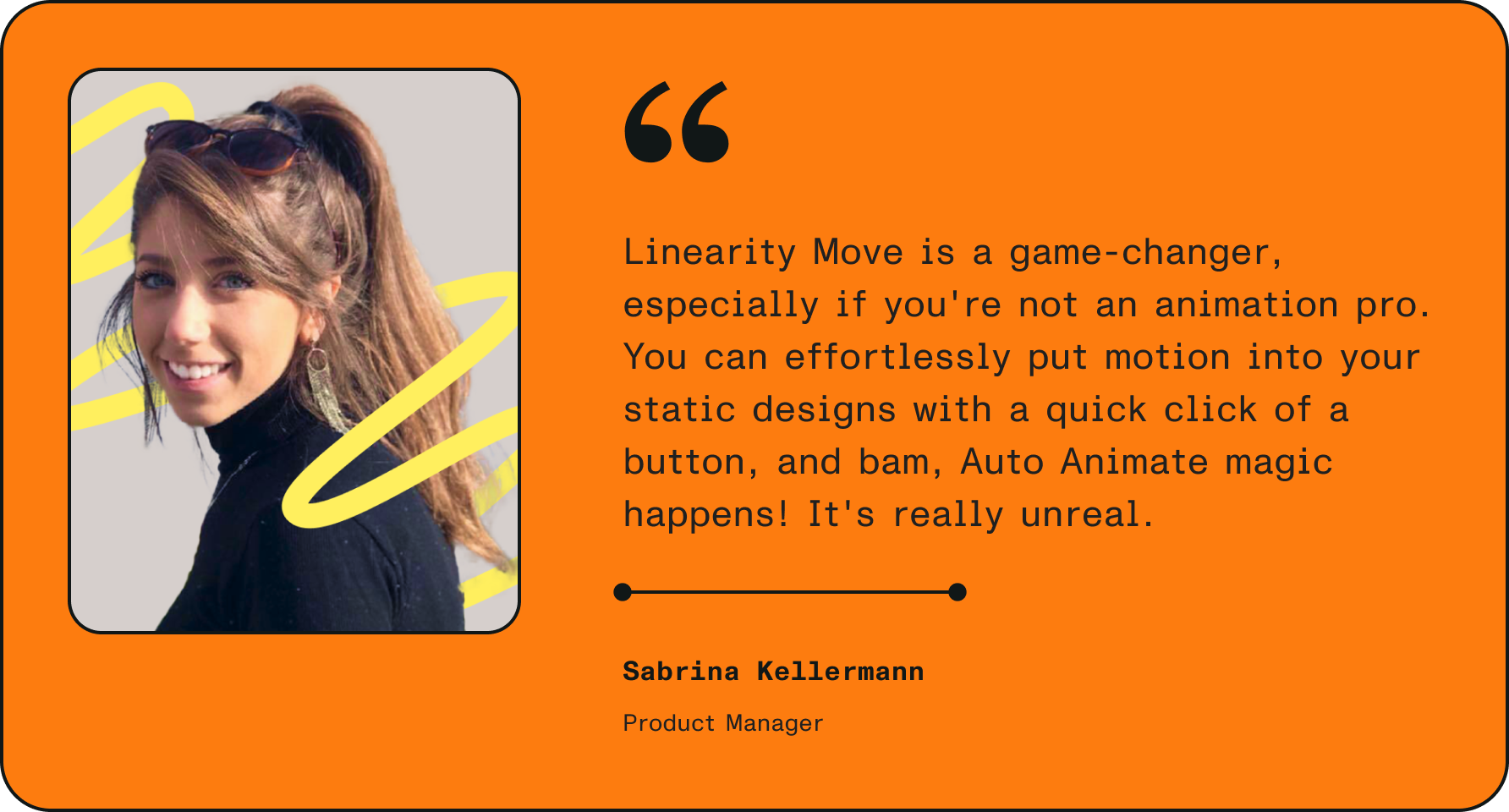
Yash: Haha, that’s almost like asking to pick your favorite child. Each piece of the software has gotten a lot of love from the team, so I’m biased to say that they all are very exciting. Being able to design side-by-side as you animate is something that makes the workflow incredibly streamlined. Also, the ability to just move the elements on your canvas.
What was the collaborative process like within the team during the development of Linearity Move? Any noteworthy experiences or challenges?
Arthur: Our team really puts themselves in the shoes of our users, always striving to understand their perspective. Take, for instance, the pinning feature—we underwent numerous iterations spanning months to ensure it was not only understandable and useful but also future-proof. Every team member played a crucial role in refining this feature.
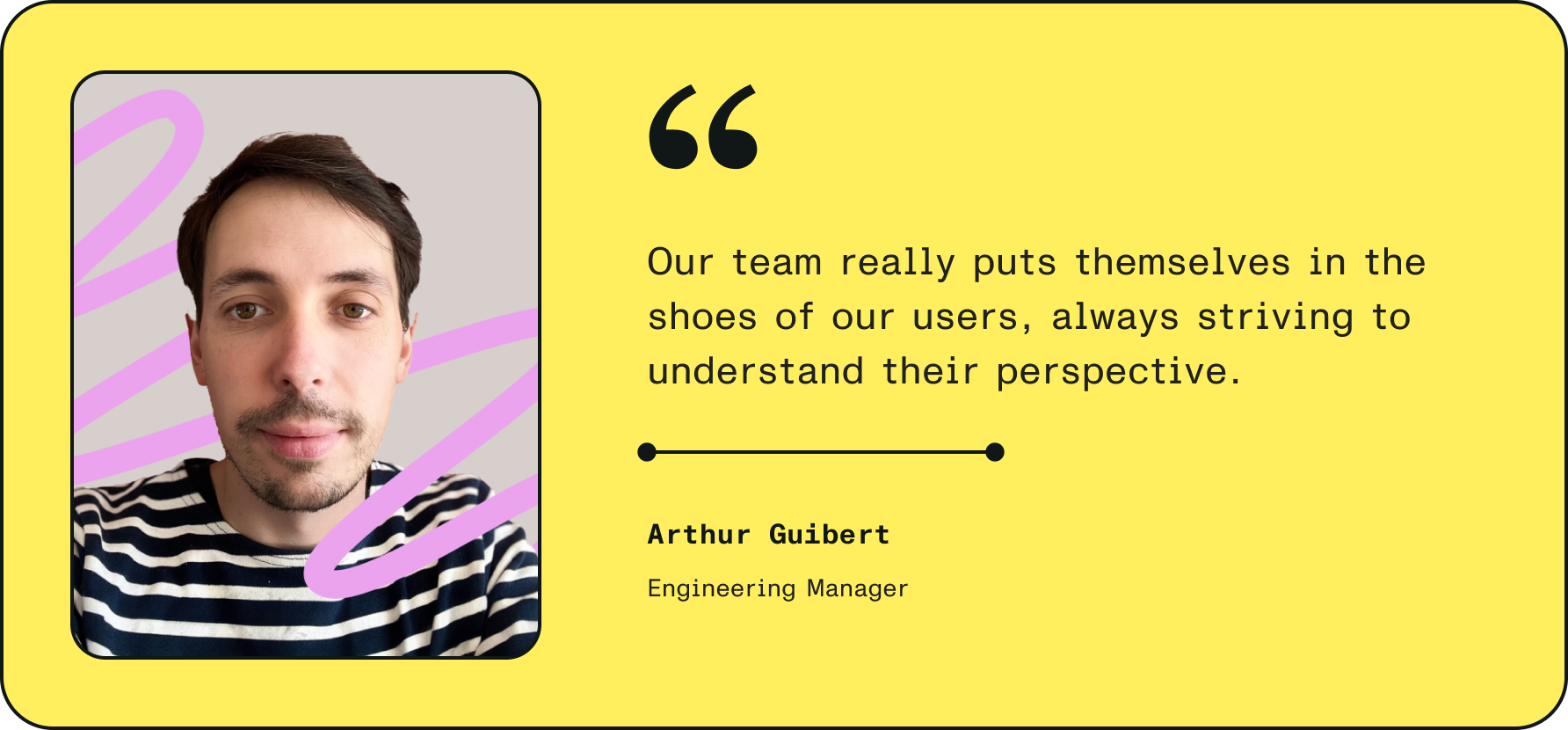
Sabrina: From day one, the Linearity Move team has been focused and determined. We set strong deadlines and ambitious goals for the product launch, and created a team passionate about delivering the best product in the market. Our routine involves everyone actively creating animations each week, eagerly anticipating feedback from our testers, and celebrating compliments for our hard work. I’m really proud to be part of this incredible team as we gear up for the product launch.
Yash: Given the crucial role of time in animation, designing Linearity Move using conventional tools posed a significant challenge. Fortunately, our team came together to foster a culture of experimentation through prototypes and relentless iterations. Together, we've managed to craft something magical.
As you reflect on the development journey, what were some of the more challenging aspects encountered while working on Linearity Move?
Sabrina: Jumping into animation without prior experience was quite the challenge. Understanding the terminology, typical workflows for animators, and navigating that space was initially daunting. Once that clicked, the next hurdle was making Linearity Move stand out. Deciding on features that cater not just to motion graphics designers but also to individuals like me with no professional design background posed an intriguing and demanding question.
Yash: Animation is a vast space, with so many different modes of expression. Grasping the breadth of the domain and then making strategic decisions to focus on a specific set of target use cases has been the most challenging aspect. Choosing one direction meant missing out on another—it was a hard (but nesscesary) pill to swallow.
Linearity Move is designed to make animation accessible to designers and illustrators. Can you share insights into how this accessibility was achieved and its impact on the creative process?
Sabrina: I believe the biggest piece in this puzzle is the Auto Animate feature. It allows you to effortlessly create animations without delving into timelines or any technicalities. It's the epitome of accessibility, allowing users to craft animations seamlessly, even without prior knowledge of animation workflows.
Yash: The current market is filled with advanced motion design tools that allow seasoned animators to achieve extraordinary results. Linearity Move is built on the shoulders of those industry giants, but it opens the doors to a wider audience. Our goal has been to diminish entry barriers, making animation accessible to everyone for expressing their ideas. It's an ongoing, long-term vision for Linearity Move.
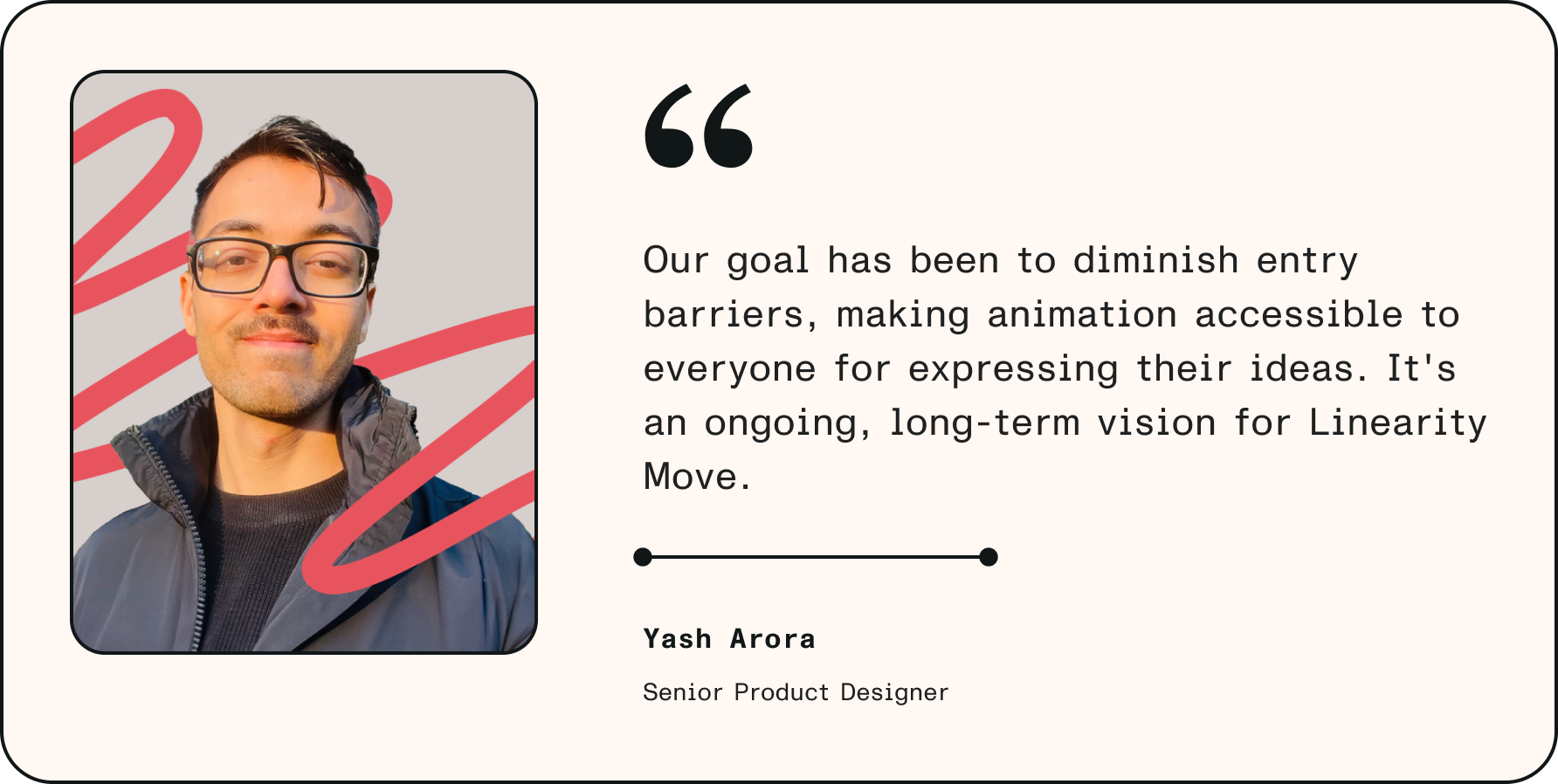
How does Linearity Move complement Linearity Curve, and how do these two tools work together to enhance the overall user experience?
We're putting in the effort to seamlessly integrate Curve and Move to ensure a cohesive experience. Both tools share common elements, such as the same file browser for both file types, the ability to import Linearity Curve artboards for instant animations, and a familiar user interface that includes the canvas, tool bar, Inspector, assets, and more. This way, graphic designers and illustrators can quickly become animators!
Sabrina: Linearity Move was built using the same components found in Linearity Curve, aiming to make it familiar to our existing users. Additionally, both products leverage Linearity Cloud for seamless file synchronization and storage. And as the cherry on top, stored assets and color palettes are readily available in both products, providing users with a unified and efficient experience across both tools.
Lennart: If you're already familiar with Linearity Curve and want to dive into Linearity Move, you'll feel right at home. Curve remains the go-to spot for editing vector graphics, offering functionalities that are currently unique to it. However, Move is crafted to complement Curve seamlessly. You can effortlessly copy and paste elements between the two apps, and your presets—such as color palettes, assets, and brushes—will be shared across both platforms.
For users eager to optimize their experience with Linearity Move, do you have any practical tips or best practices you'd recommend?
Sabrina: To get the most out of Linearity Move, start by diving into our learning materials for some clever workflows in animation creation. Explore our shortcuts to boost efficiency during the creative process. Additionally, consider the time-saving practice of copying and pasting keyframes from previous animations, sparing you from starting from scratch.
Lennart: Don't limit yourself to one device; Linearity Move is the first of its kind on iPad, and it’s been build from the ground up to work for the device. While the Mac with a mouse might be ideal for refining the final animation, the iPad offers a seamless experience for bringing your sketches to life, especially when paired with the Apple Pencil.
Yash: Just experiment with it; play around with our sample files and explore the onboarding tutorials to discover new possibilities and create something beautiful. If you encounter any challenges, don't hesitate to reach out to us directly—we're here to help.
How has the reception been among beta and pre-release users of Linearity Move? Are there any standout user stories?
Sabrina: The response has been super positive, with users being particularly happy about being able to animate on-the-go with an iPad. Personally, one of the most rewarding pieces of feedback came from Kara Bernbeck, who shared her experience of starting animation in Linearity Move within a couple of minutes—no tutorial videos or learning materials needed. This reinforced our belief that we're on the right track, ensuring Linearity Move is accessible to everyone, anywhere.
What exciting features or developments can users anticipate in the Linearity Move pipeline?
Lennart: Video and sound!
Yash: We’re just getting started! I’m very optimistic about what the future holds for Linearity Move. While we have a lot of additional features in the pipeline, our goal remains to keep the software lightweight and easy to navigate.
Sabrina: We're all about making Linearity Move and Linearity Curve your go-to combo for creative workflows. So, brace yourselves for upcoming integrations that will support sound and video. It's in the cards; it's just a matter of time.
Thanks everyone for the insightful answers!
The Linearity Move launch is just a few weeks away, but you can already download it on the App Store now.
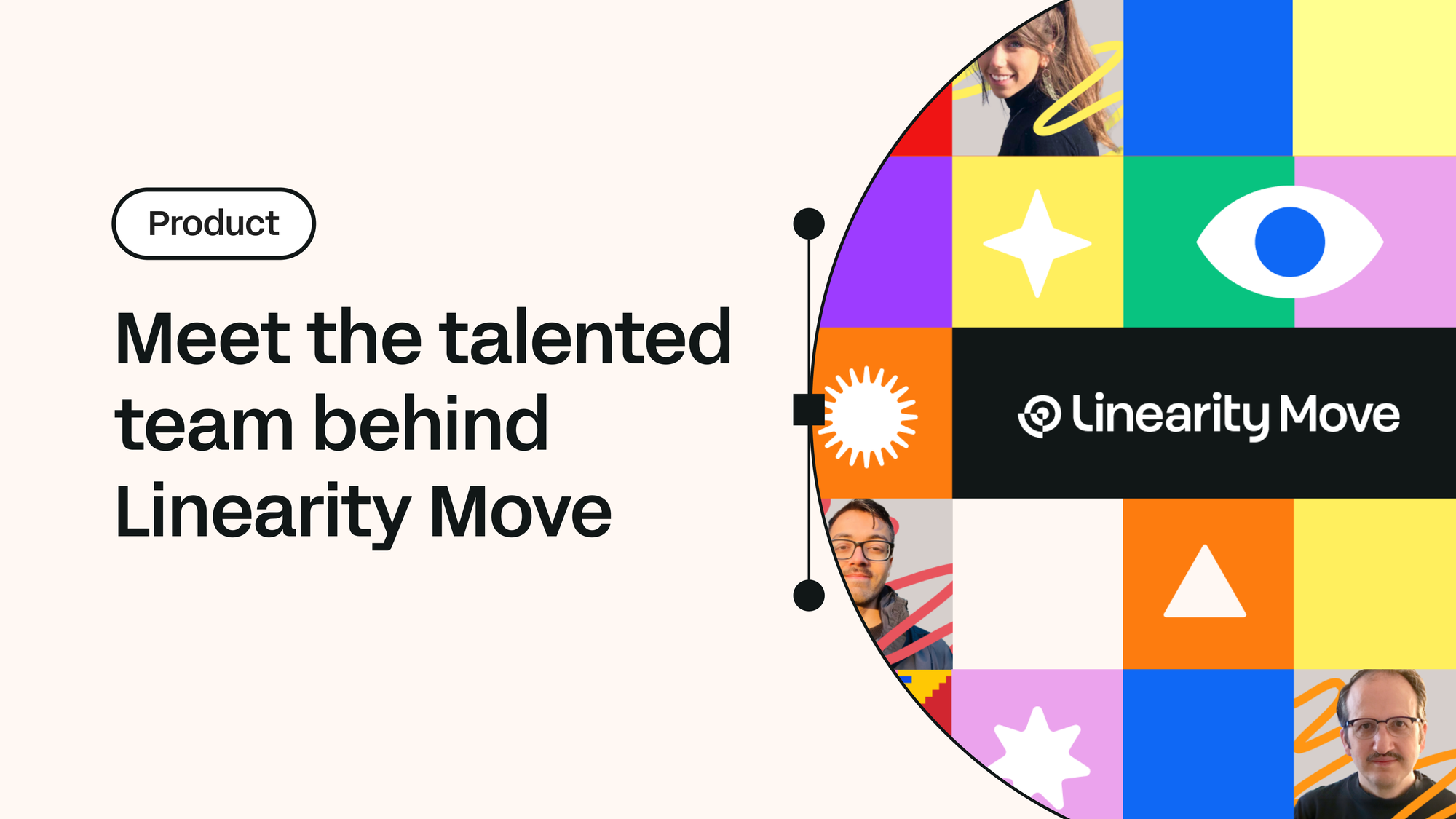
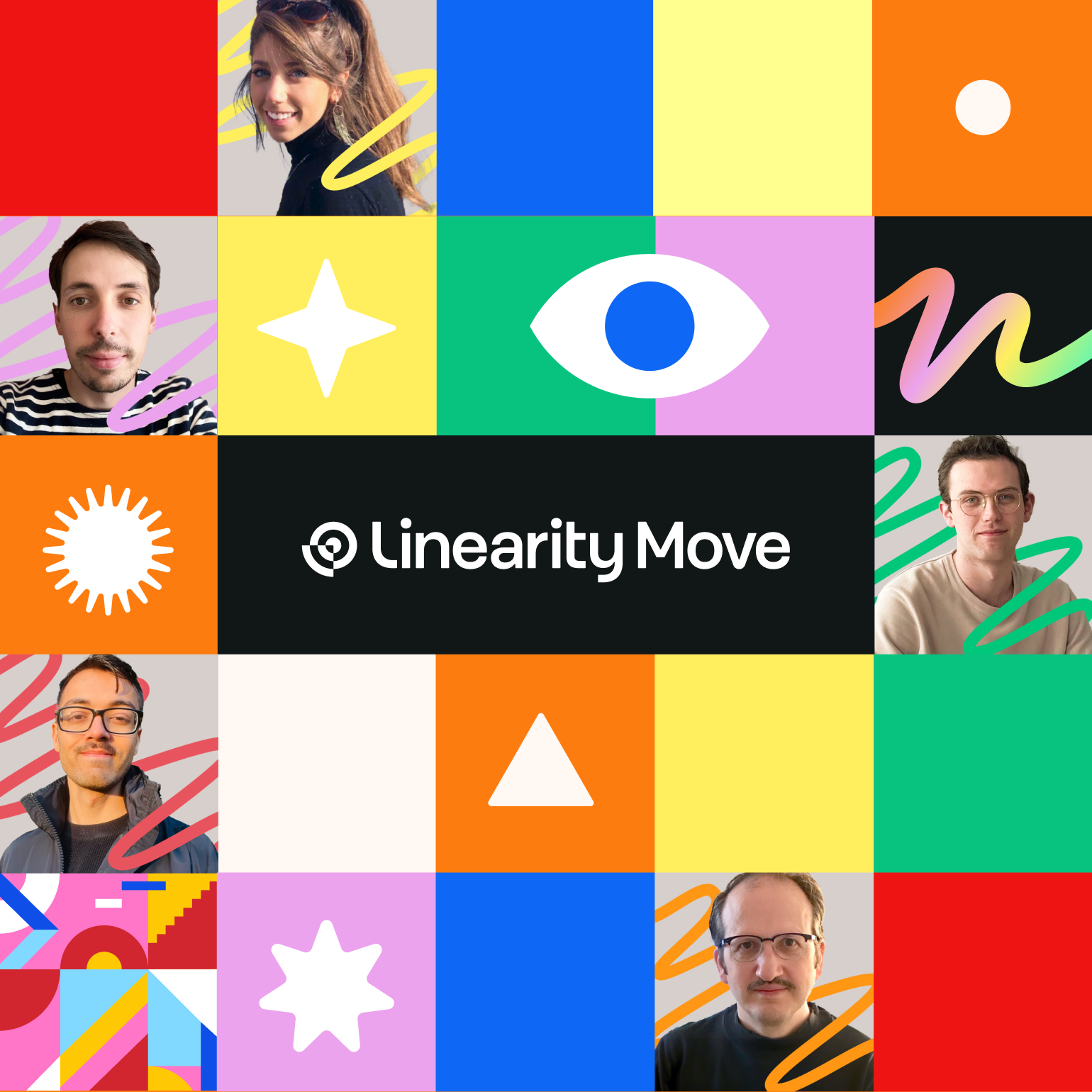
Share this!
Emma Taggart
Emma is a Content Writer for Linearity in Berlin. Her hobbies include making ceramics, roller skating, drawing, and 2D animation.
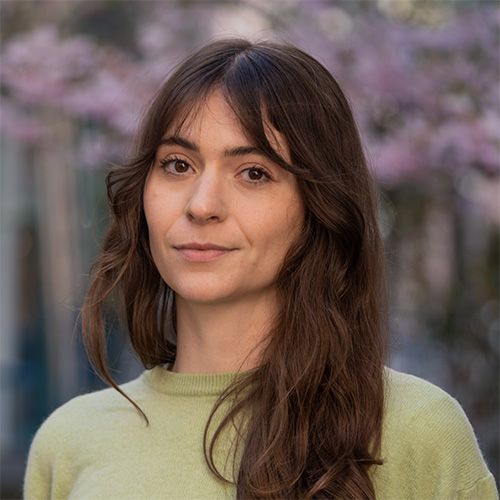

:quality(75))
:quality(75))

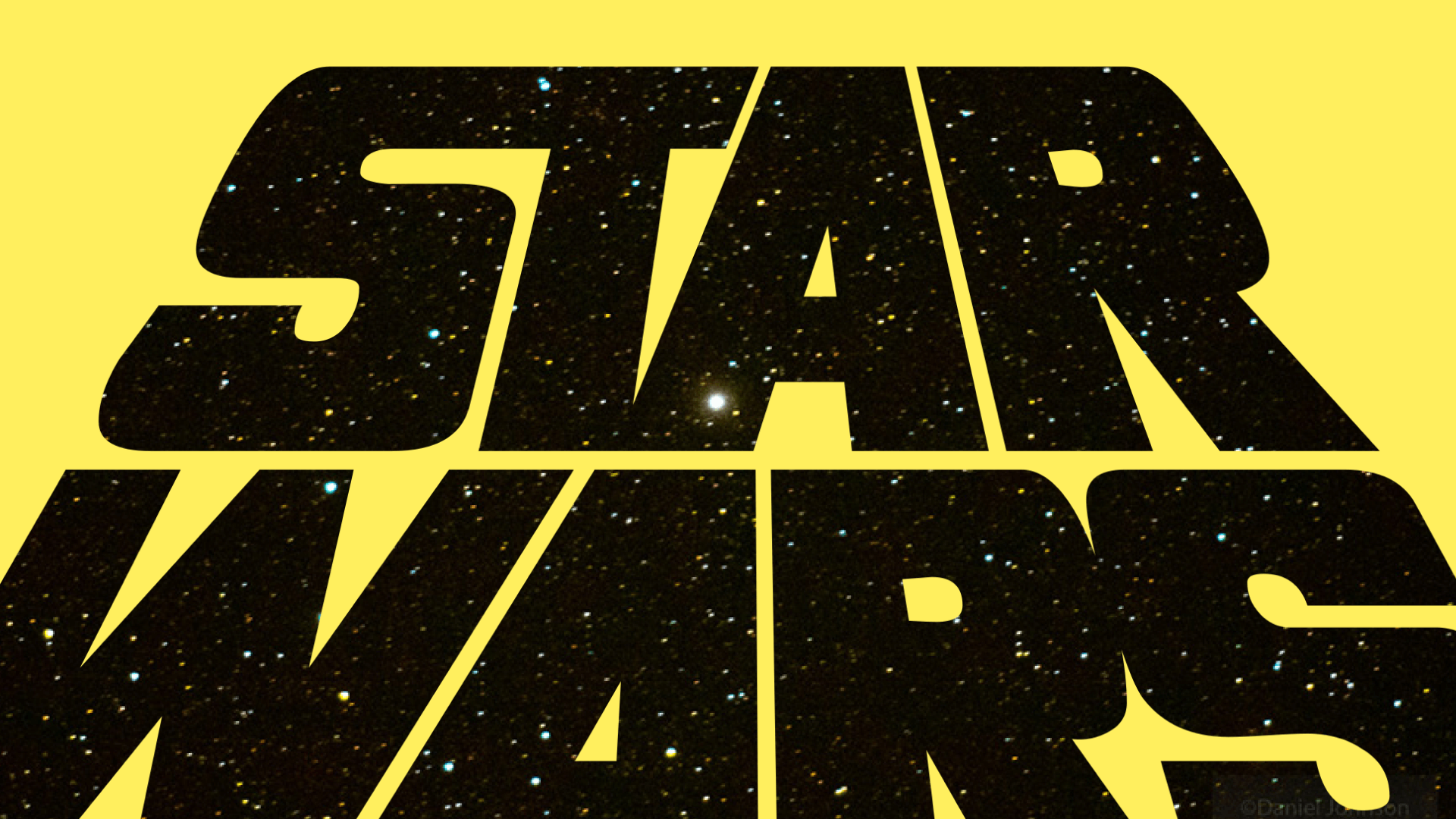

:quality(75))
